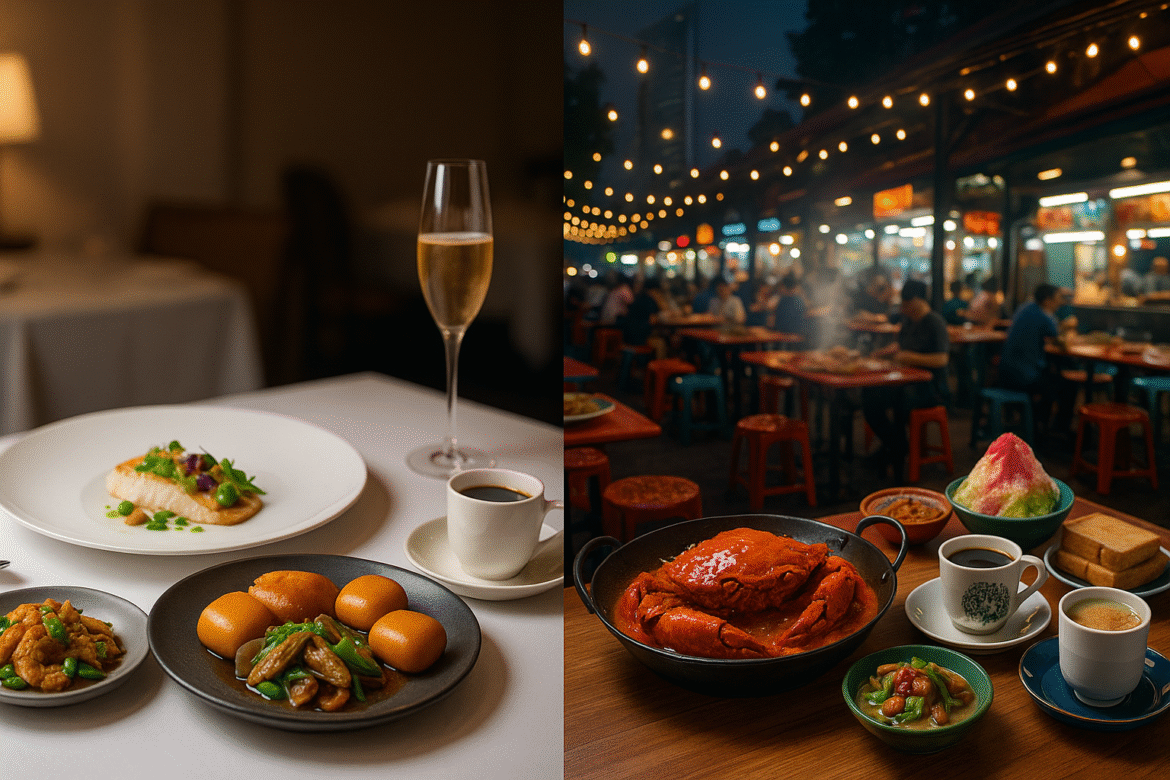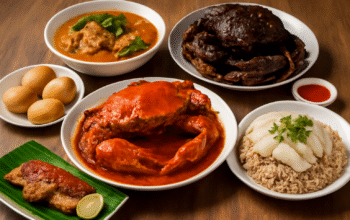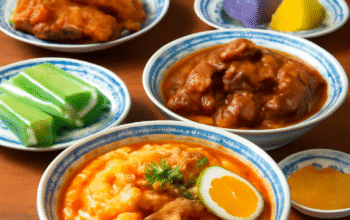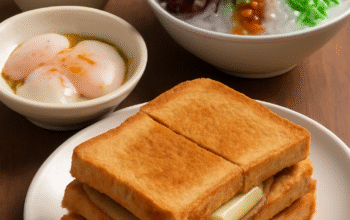If you want a comprehensive overview of Singapore’s top dining, alternate between Michelin-starred temples and time-honored classics. The contrast is where the city sings.
Start with Les Amis to calibrate your palate for precision—think pristine seafood, sauces with depth, and a remarkable wine program. Set another anchor with Odette, where plates feel like still-life paintings. For a modern Singaporean narrative, Labyrinth reframes hawker memories with farm-to-table sourcing, proving that fine dining can be intimate with place. Burnt Ends offers counter-theatre—smoke, embers, and a playful tasting progression. Peranakan cuisine gets its grand stage at Candlenut, whose deft hand with buah keluak and rempah honors tradition without museum-ing it.
Balance the spectrum at the hawkers. Hill Street Tai Hwa Pork Noodle is a must for springy mee tangled with vinegar, mince, and crisped fish. At Maxwell Food Centre, Tian Tian remains a rite of passage for fragrant rice and slippery-tender chicken; don’t skimp on the chili. Swing by Lau Pa Sat after dusk when satay vendors line the street—lamb, chicken, and prawn sticks kissed by charcoal.
The seafood chapter is non-negotiable. Tackle chili crab in a waterfront setting, then try black pepper crab for a contrasting kick. Order mantou buns to swab up every last drop. If you prefer clean lines and precise cuts, high-end Japanese counters and sushi-ya institutions deliver omakase elegance—book early and budget accordingly.
A few strategies refine the experience:
- Reservations: Anchor fine-dining nights weeks ahead; lunch sets are an underrated entry point.
- Dietary needs: Many restaurants can accommodate halal, vegetarian, or allergies with advance notice; hawker stalls vary by dish.
- Budgeting: Hawker meals often land under S$10; premium tasting menus can range widely, especially with wine pairings.
- Corkage and pairings: Ask about pairing flights; some venues have notable sake or tea programs that complement spice-forward plates.
For a sense of culinary vocabulary, note the local pantry: pandan, laksa leaf, belacan, calamansi, and gula melaka. Desserts might spotlight coconut, palm sugar, and tropical fruit; shaved ice creations like ice kachang and chendol cool humid evenings. Coffee culture is bilingual—kopi in hawker halls, specialty pour-overs in sleek cafes.
Why does this route work? Because it traces the city’s rhythm: meticulous kitchens that polish every micro-detail, and open-air stalls that distill joy into smoke, spice, and speed. Follow both threads and you’ll come away with a portrait that’s honest, delicious, and complete.




